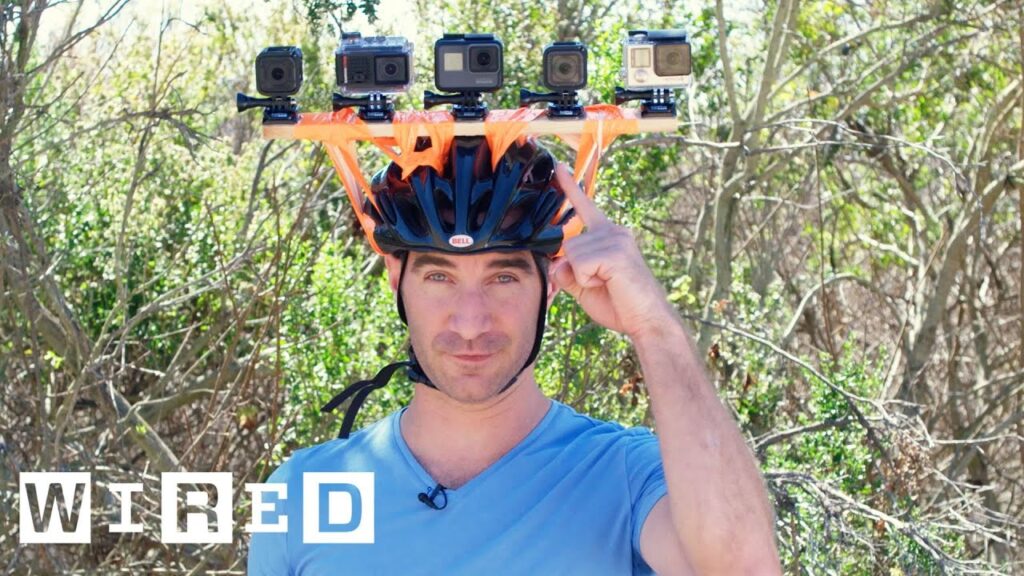Understanding the Implications of Kīlauea’s Water Pond: Q&A with Geologists
Summary
Kīlauea, one of Hawaii’s most active volcanoes, has recently undergone changes, including an eruption in 2018 that destroyed hundreds of homes, and the replacement of its lava lake with a slowly rising water pond. Geologists are studying the implications of this new development and the impact it could have on future eruptions.
Table of Contents
- What has happened to Kīlauea in recent years?
- What is the water pond at Kīlauea’s summit?
- What are the implications of the water pond for future eruptions?
- How is Kīlauea being studied?
- What can we learn from studying Kīlauea?
Introduction
Volcanoes are one of the most fascinating and destructive natural phenomena on earth. Their eruptions can have a significant impact on the environment, economy, and society. One such volcano, Kīlauea, located in Hawaii, has recently undergone some changes that have piqued the interest of geologists worldwide. In this Q&A session, we will explore the implications of Kīlauea’s water pond and the research being conducted to understand it further.
Q&A
What has happened to Kīlauea in recent years?
Kīlauea has been one of the most active volcanoes in the world, with frequent eruptions throughout its history. However, in 2018, it experienced an eruption that destroyed hundreds of homes and forced thousands of people to evacuate. Since then, the lava lake at the summit has been replaced with a water pond, which is slowly rising. Geologists believe that the water is most likely groundwater and not rainfall.
What is the water pond at Kīlauea’s summit?
The water pond at Kīlauea’s summit is a recent development that has captured the attention of geologists worldwide. It is replacing the original lava lake that existed in the crater before the 2018 eruption. The water pond is slowly rising and infilling from below, and geologists are studying its chemistry and age to understand more about its origins.
What are the implications of the water pond for future eruptions?
The implications of the water pond on future eruptions are still uncertain. If the water is deep, it could result in an explosion when magma encounters it, generating steam. However, geologists are uncertain whether the water will continue to rise or remain at its current level. The study of Kīlauea will provide invaluable insights into how a water lake develops in a caldera and how water may impact future eruptions, which could be relevant to volcanoes worldwide.
How is Kīlauea being studied?
Geologists are studying Kīlauea from remote cameras and observations. They are also hoping to secure a water sample to study its chemistry and age further. Their aim is to understand the implications of the water pond for future eruptions, to learn more about how groundwater behaves and interacts with magma, and how they can predict future volcanic activity.
What can we learn from studying Kīlauea?
Studying Kīlauea can provide valuable insights into how volcanoes behave and the impact that they can have on society. Kīlauea, being one of the most active volcanoes in the world, presents researchers with a unique opportunity to study the evolution of a volcano over time. They can learn about the processes involved in volcanic eruptions, how they impact the environment, and how we can mitigate the effects of future volcanic activity. This knowledge can also be relevant to studying other volcanoes worldwide.
Conclusion
The study of Kīlauea and its recent changes provides a fascinating insight into the world of volcanoes and the impact they can have. Geologists are working diligently to study the implications of the new water pond, hoping to gain invaluable insights into how it will impact future eruptions. This research will be valuable not just for Hawaii, but for volcanoes worldwide. Understanding how volcanoes behave, and the impact they can have, can help us mitigate the effects of future volcanic activity and protect society and the environment.







